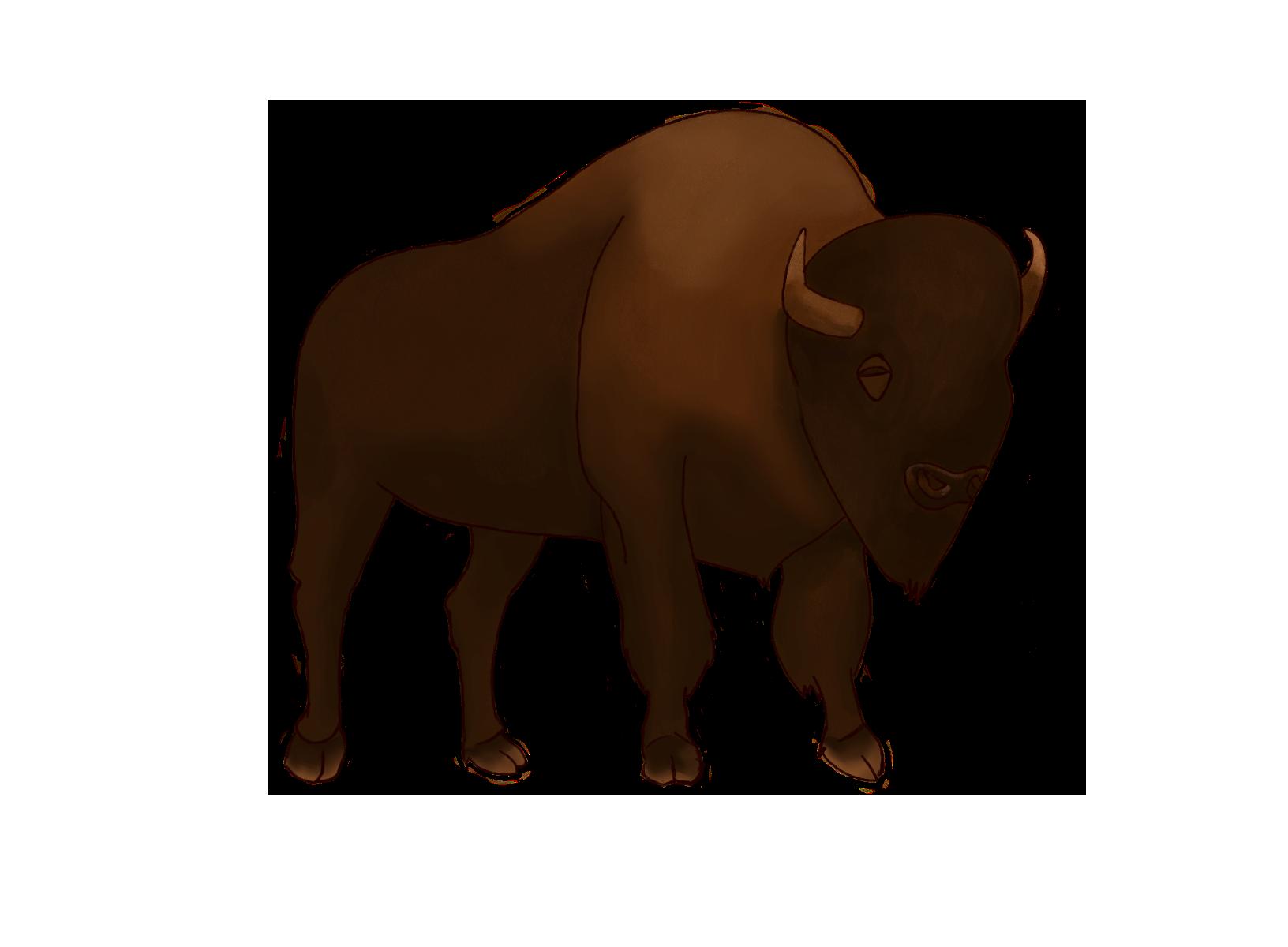
2 minute read
Yankton Sioux
Sioux
The Sioux were Plains Natives, my family having ties to both Yankton Sioux and Santee Sioux. They speak the Lakota or Dakota language. Sioux was a name given to the tribe by the Ojibwa Tribe as an abbreviation to a French word meaning “rattlesnake,” to label the Sioux as their enemy. In the Plains the buffalo was the primary source of skins and food. They used the skins to make clothing and tipis. Originally a nomadic tribe, following the path of the buffalo throughout the year; today, they are one of the most well-known tribes in the United States.
Advertisement
Part of the Sioux’s beliefs are rooted in the Black Hills of South Dakota, where the Sioux origin stories describe being created by Grandfather, the Great Spirit. Early on, in this culture, there were specific roles for tribal members: men primarily hunted, made tools and weapons, and raided. Men also participated in leisure activities, betting on horse races, and were involved in ceremonies. Women worked in the villages doing crafts, specifically beadwork, packing for travel, and tanning hides. Children would tend to the horses or would help with small tasks such as collecting firewood. The elderly would help with children and household activities.
The nomadic ways of the Sioux peoples changed around the mid 1800’s. The Plains were beginning to be settled by Americans. The Sioux were forced into unequal treaties by the United States government, giving the Sioux land in modern day South Dakota with economic aid, in exchange for their ancestral land. Wars broke out in the 1870’s including the Battle of the Little Bighorn. The land they had was broken up, creating smaller reservations. Leftover land was given to white settlers. Their previous way of life was ended after the massacre at Wounded Knee Creek in the late 1800’s. The 1890’s saw many changes to their culture with the implement of Indian Schools, which would strip Native American children of their heritage.
Programs on the reservations began in the early 20th century, giving more opportunities for work on the reservations, and giving them opportunities to create their own forms
of government. In the mid 1900’s with the Voluntary Relocation Program, the Sioux were encouraged to leave the reservations, but many returned due to the prejudice they experienced outside of their Native communities. The 1970’s showed change in the public perception of the Sioux Nation, with the publishing of Bury My Heart at Wounded Knee by Dee Brown, which garnered sympathy for the Sioux for their mistreatment by the United States Government. It was also ruled by the Supreme Court in 1980 that the Black Hills were obtained by the United States Government illegally. The Sioux simply want their ancestral land back and thus refused the settlement of $600 million.
Today the Sioux reservations struggle with abject poverty. Sioux tribes are some of the poorest tribes in the US. The tribes have opened casinos, adding to the local economy and creating jobs, but tribes that are off the main roads often do not get much business. While a source of revenue, for many Sioux tribes, this is very limited. Many practice their cultural traditions, speaking the Lakota language, and performing the Sun Dance.








